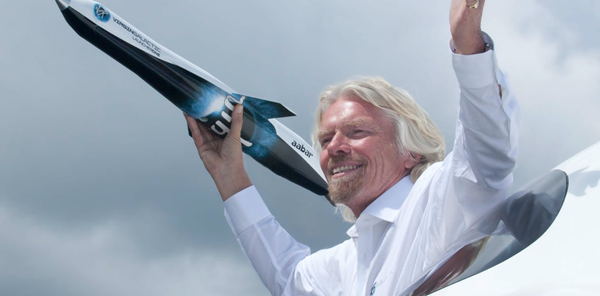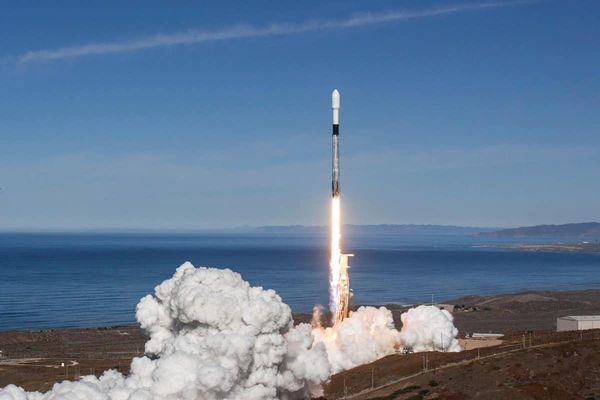Though Bezos loses to Branson in time, he is set to reach higher altitudes (about 120 km). The launch will demonstrate his offering to very wealthy tourists: the opportunity to truly reach outer space. Both tour packages will provide passengers with a brief ten-minute frolic in zero gravity and glimpses of Earth from space. Not to be outdone, Elon Musk’s SpaceX will provide four to five days of orbital travel with its Crew Dragon capsule later in 2021.
What are the environmental consequences of a space tourism industry likely to be? Bezos boasts his Blue Origin rockets are greener than Branson’s VSS Unity. The Blue Engine 3 (BE-3) will launch Bezos, his brother and two guests into space using liquid hydrogen and liquid oxygen propellants. VSS Unity used a hybrid propellant comprised of a solid carbon-based fuel, hydroxyl-terminated polybutadiene (HTPB), and a liquid oxidant, nitrous oxide (laughing gas). The SpaceX Falcon series of reusable rockets will propel the Crew Dragon into orbit using liquid kerosene and liquid oxygen.
Roughly two-thirds of the propellant exhaust is released into the stratosphere (12 km-50 km) and mesosphere (50 km-85 km), where it can persist for at least two to three years. The very high temperatures during launch and re-entry (when the protective heat shields of the returning crafts burn up) also convert stable nitrogen in the air into reactive nitrogen oxides.
These gases and particles have many negative effects on the atmosphere. In the stratosphere, nitrogen oxides and chemicals formed from the breakdown of water vapour convert ozone into oxygen, depleting the ozone layer which guards life on Earth against harmful UV radiation. Water vapour also produces stratospheric clouds that provide a surface for this reaction to occur at a faster pace than it otherwise would.
Space tourism and climate change
Exhaust emissions of CO₂ and soot trap heat in the atmosphere, contributing to global warming. Cooling of the atmosphere can also occur, as clouds formed from the emitted water vapour reflect incoming sunlight back to space. A depleted ozone layer would also absorb less incoming sunlight, and so heat the stratosphere less.
Figuring out the overall effect of rocket launches on the atmosphere will require detailed modelling, in order to account for these complex processes and the persistence of these pollutants in the upper atmosphere. Equally important is a clear understanding of how the space tourism industry will develop.
Virgin Galactic anticipates it will offer 400 spaceflights each year to the privileged few who can afford them. Blue Origin and SpaceX have yet to announce their plans. But globally, rocket launches wouldn’t need to increase by much from the current 100 or so performed each year to induce harmful effects that are competitive with other sources, like ozone-depleting chlorofluorocarbons (CFCs), and CO₂ from aircraft.
In order for international regulators to keep up with this nascent industry and control its pollution properly, scientists need a better understanding of the effect these billionaire astronauts will have on our planet’s atmosphere.
This story was originally published on The Conversation. Click here to read the original.
![]()











